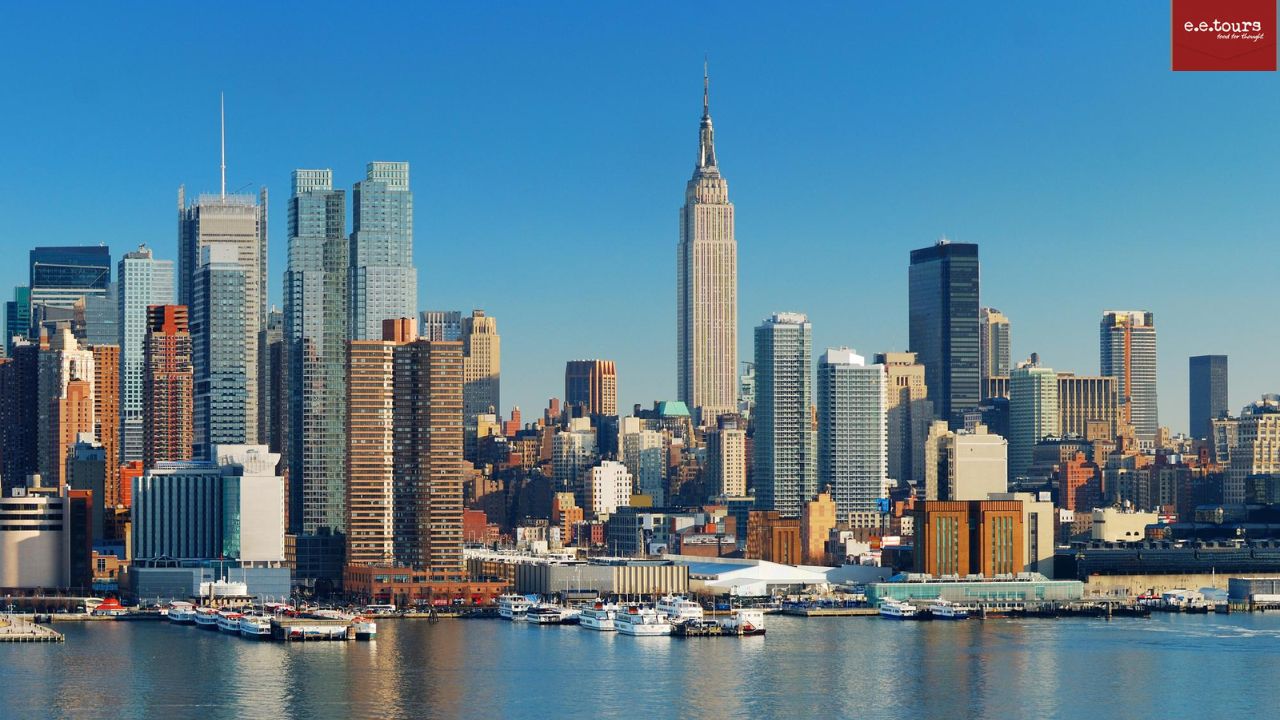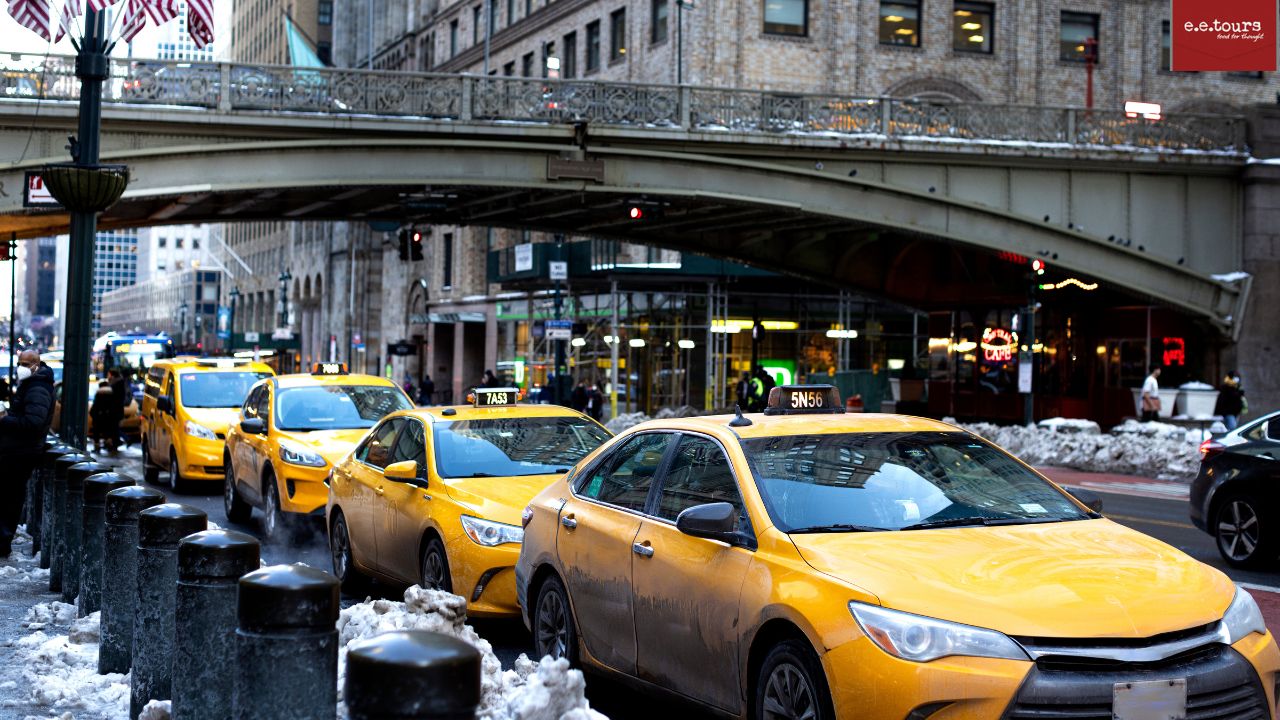What Mistakes Should Travelers Avoid When Visiting New York for the First Time?
Your first time visiting New York can become a disaster if you make any of these common planning errors. Experienced travelers watch newcomers waste money, miss attractions, and create unnecessary stress through preventable mistakes.
Understanding these pitfalls before arrival transforms overwhelming chaos into a manageable adventure.
Smart preparation prevents the costly errors that plague unprepared visitors. These mistakes range from accommodation blunders to transportation confusion, each capable of derailing entire trips.
Learning from others’ experiences saves money, time, and sanity during your inaugural New York experience.
Location Selection Disasters

Choosing the wrong neighborhood ranks as the most expensive mistake first-time visitors make.
Many travelers book accommodations in distant outer boroughs to save money, then spend more on transportation than they saved on hotels.
The best area to stay in New York City for the first time depends on your priorities, but proximity to major attractions typically outweighs minor cost savings.
Where to stay in New York for the first time affects every aspect of your trip. Hotels in Newark or distant Queens neighborhoods might advertise “New York” locations, but require lengthy commutes that eat into sightseeing time.
These locations also limit evening activities since subway service reduces frequency after midnight.
Tourist-heavy areas get avoided by some travelers seeking “authentic” experiences, but this strategy backfires for newcomers.
Times Square and Midtown Manhattan might feel overwhelming, but they provide convenient access to major attractions and transportation hubs that first-time visitors need most.
Where to stay in NYC for first-time visits should prioritize convenience over character.
Trendy Brooklyn neighborhoods offer great local experiences, but add significant travel time to Manhattan attractions.
Save the outer borough exploration for future visits when you understand the city layout better.
Transportation Confusion and Overspending

The subway system intimidates newcomers who make expensive transportation decisions based on fear rather than logic.
Taxi rides between nearby attractions cost exponentially more than subway fares, yet visitors choose cabs to avoid underground navigation complexity.
Our corporate tours offer tailored transportation solutions to keep your group moving efficiently, avoiding the costly mistakes of unplanned taxi or ride-share expenses.
First time in NYC, travelers often purchase unlimited MetroCards for short visits, where pay-per-ride options cost less.
The seven-day unlimited card makes sense for week-long stays, but visitors staying three days waste money on unused rides.
Walking distances get severely underestimated by newcomers who rely on ride-sharing for short trips.
Manhattan blocks are longer than they appear on maps, but many tourist destinations sit within comfortable walking distance.
Visitors waste money on $20 Uber rides for journeys that take fifteen minutes on foot.
Airport transportation decisions create unnecessary expense and stress. Private car services charge premium rates while express trains provide faster, cheaper alternatives.
LaGuardia, JFK, and Newark airports all connect to Manhattan through public transportation that costs under $15 compared to $60+ private rides.
Dining and Entertainment Blunders
Restaurant reservations get ignored by casual planners who assume they can walk into popular establishments.
New York dining requires advance planning, especially for dinner at well-known restaurants. Walk-in attempts at prime dining hours result in long waits or complete rejection.
Travel tips: New York guides emphasize the importance of timing for restaurant visits. Lunch reservations are easier to secure than dinner slots, and many establishments offer identical menus at lower lunch prices.
Off-peak dining hours provide better service and easier reservation availability.
Broadway show tickets purchased at full price represent poor financial planning.
Same-day lottery systems, rush tickets, and advance planning through official sources provide significant savings over tourist-area box offices that add hefty service fees.
Street food gets overlooked by visitors who assume restaurant meals provide superior experiences.
Joining one of our culinary tours can introduce you to New York’s vibrant street food scene, offering authentic flavors at budget-friendly prices.
New York’s food truck and cart culture offers authentic local flavors at a fraction of restaurant prices, but newcomers often stick to familiar chain restaurants that exist in their home cities.
Attraction Planning Failures
First-time in Manhattan visitors try cramming too many attractions into single days, creating exhausting schedules that prevent enjoyment of individual experiences.
Quality over quantity applies strongly to New York sightseeing, where rushing between locations eliminates the ability to appreciate unique aspects of each destination.
Ticket purchasing at attraction entrances wastes time and money.
Most major New York attractions offer online discounts and skip-the-line options that prove invaluable during peak tourist seasons.
Box office purchases mean paying full price while waiting in longer lines.
Weather contingency planning gets ignored by optimistic travelers who create outdoor-heavy itineraries without backup options.
Rain, snow, or extreme heat can derail entire days unless alternative indoor activities are identified in advance.
Tourist trap attractions receive disproportionate attention while authentic New York experiences get skipped.
Visiting New York for the first time doesn’t require visiting every heavily advertised attraction, especially when many free or low-cost alternatives provide better representations of local culture.
Our adult tours are designed to balance iconic attractions with unique local experiences, ensuring first-time visitors enjoy a well-rounded itinerary.
Budget Miscalculations and Hidden Costs

Shopping taxes catch unprepared visitors off-guard when final purchase prices exceed expected amounts.
New York sales tax adds 8.25% to most purchases, and restaurant bills include additional service charges that international visitors might not anticipate.
Tipping culture confusion leads to social awkwardness and service issues.
Restaurant servers, taxi drivers, hotel staff, and service providers expect gratuities that vary by industry and service level.
Under-tipping creates uncomfortable situations while over-tipping wastes money unnecessarily.
ATM fees accumulate quickly for visitors who withdraw small amounts frequently rather than planning cash needs in advance. Tourist-area ATMs charge premium fees that can add $50+ to weekly withdrawal costs for unprepared travelers.
An emergency fund’s absence creates crisis situations when unexpected expenses arise.
Medical issues, transportation disruptions, or spontaneous opportunities require financial flexibility that cash-strapped visitors cannot accommodate.
Safety and Security Oversights
Valuable items on display make tourists obvious targets for theft. Expensive jewelry, multiple cameras, and obvious tourist accessories signal vulnerability to pickpockets who frequent crowded tourist areas.
Where to stay, New York, first-time considerations must include neighborhood safety research beyond hotel reviews.
Some budget accommodations are located in areas that become unsafe after dark, requiring expensive taxi rides that eliminate accommodation savings.
Personal information security gets compromised when visitors use unsecured public WiFi for sensitive activities.
Banking, shopping, and personal communication should utilize secure connections rather than free public internet access points.
Emergency contact information remains inaccessible when stored only on smartphones that can be lost, stolen, or damaged.
Physical backup copies of important numbers, addresses, and medical information provide crucial security during crisis situations.
Time Management and Scheduling Errors
Rush hour avoidance requires understanding local traffic patterns that affect both subway crowding and street congestion.
First time in NYC, visitors who schedule attractions during peak commute hours face unnecessary crowds and delays.
Weekend vs. weekday planning affects attraction availability, crowd levels, and pricing structures.
Many business-district restaurants close on weekends, while tourist attractions become more crowded and expensive during weekend periods.
Holiday schedule research prevents disappointment when attractions close unexpectedly or modify operating hours.
New York observes numerous holidays that affect museum schedules, restaurant availability, and public transportation frequency.
Seasonal clothing preparation gets inadequate attention from travelers who underestimate New York’s weather variability.
Temperature fluctuations, sudden rain, and urban wind patterns require versatile clothing choices that many visitors fail to pack appropriately.
Understanding these common mistakes transforms first time visiting New York experiences from stressful ordeals into enjoyable adventures that create lasting positive memories while avoiding unnecessary expenses and frustrations.
Avoid Mistakes with Expert Guidance
Planning your first trip to New York doesn’t have to be stressful. At E.E. Tours help travelers avoid common mistakes by building smart itineraries, guiding with local insight, and making sure every detail runs smoothly.
From choosing the right place to stay to balancing schedules, our team takes care of the planning so you can focus on enjoying the city. Let E.E. Tours make your New York visit simple, stress-free, and unforgettable; start planning with us today.